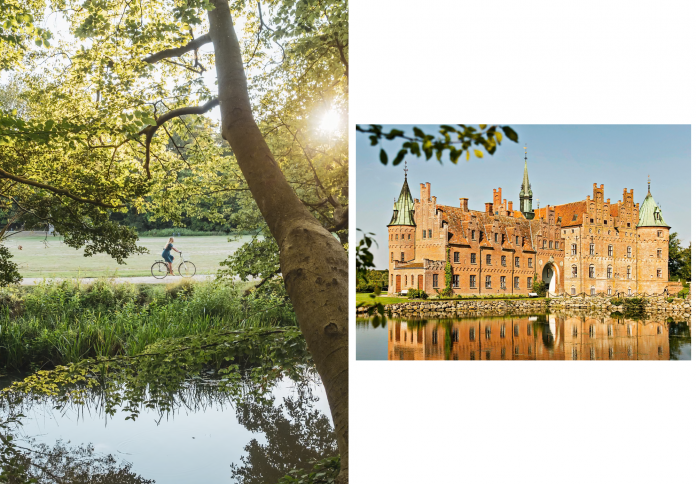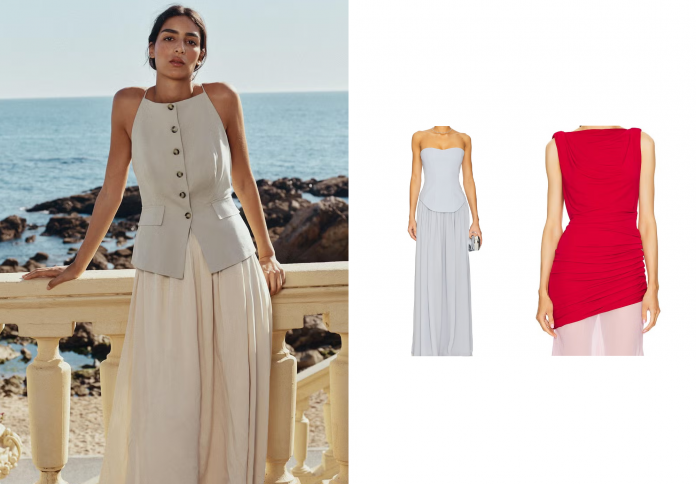The island of Fyn (Funen) in southern Denmark, the birthplace and home of Hans Christian Andersen (1805-1875), continues to enchant visitors by embracing the storytelling magic of its most famous son. Centred around the city of Odense, the island presents itself as a landscape of myth, magic, and subtle adventure, replete with 123 castles and manor houses that look plucked from a storybook. In the 150 years since the writer’s death, Fyn has consciously reimagined its connection to him, most notably through the redesigned H.C. Andersen’s Hus museum. By celebrating Andersen’s enduring legacy through humour, irony, and perspective, Fyn invites both adults and children to explore a space where fairytales blend seamlessly with modern life—from whimsical museum exhibits and vibrant annual festivals to cycling highways and menus inspired by literary themes.
Odense Reimagined: The New H.C. Andersen’s Hus
The city of Odense, Andersen’s hometown, has undergone a major redesign to honour the writer, with the magnificent new H.C. Andersen’s Hus museum at its core.
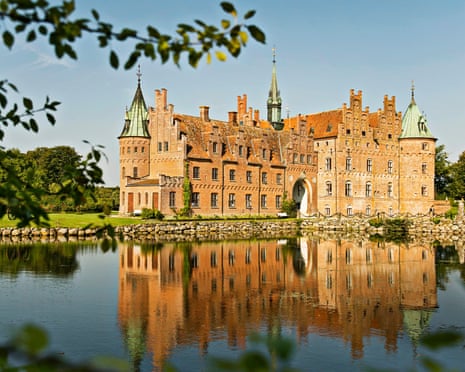
The museum, which incorporates Andersen’s first home, was designed by the Japanese firm Kengo Kuma and Associates and opened in 2021. The curators deliberately shifted focus from merely documenting Andersen’s life to immersing visitors in his creative world. The space is intended to “talk like Andersen: with humour, irony and perspective,” presenting a compelling whirlwind tour of the author’s thought processes, life, and best-loved stories. Visitors encounter playful exhibits like enormous golden pantaloons, a talking pea in a display case, and a towering stack of mattresses inspired by The Princess and the Pea. The museum even challenges the author’s own often-contradictory autobiographical accounts by presenting snippets from his friends’ letters, creating an experience that is provocative and engaging for all ages.
A City Of Stories: Andersen’s Legacy Everywhere
Beyond the museum, the spirit of Hans Christian Andersen permeates the small, charming city of Odense, ensuring his stories are never far from mind.
The city’s dedication to its most famous son is evident in numerous whimsical details: traffic lights feature the writer with his signature top hat, brass footprints guide visitors along a free Andersen walking tour, and a sculpture trail invites exploration. This dedication reaches its peak every August with the annual H.C. Andersen festival, a week-long celebration featuring over 500 free shows that encompass art, dance, theatre, and music. Visitors encounter painted stilt-walkers, ghoulish monsters, and an Andersen lookalike telling stories. The city also hosts the annual Magic Days festival, expanding the storytelling legacy beyond Andersen’s works. The result is a vibrant, colourful city where residents (fynbo) love a good yarn, creating a feeling that storytelling is always on the menu.
Castles And Cycling: Exploring Fyn’s Landscape
The island of Fyn is an ideal destination for gentle adventure, boasting an impressive collection of history and excellent infrastructure for exploration.
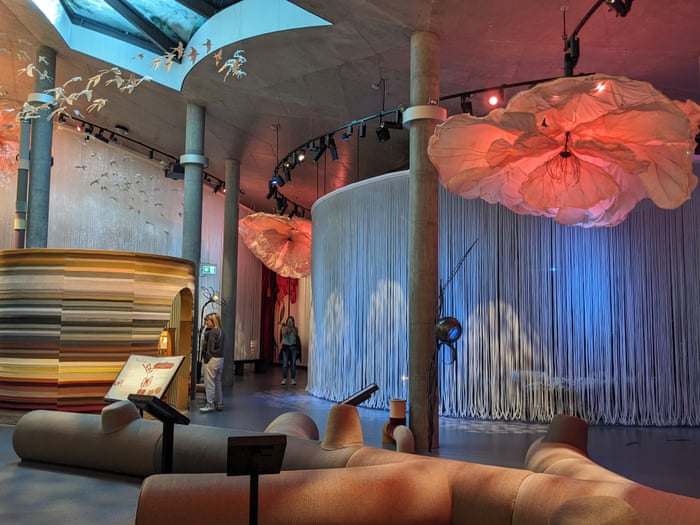
Fyn is famously home to 123 castles and manor houses, essential ingredients for any fairytale destination. Among the most popular is Egeskov Castle, Europe’s best-preserved Renaissance water castle. While open to visitors, it remains the family home of Count Michael Ahlefeldt-Laurvig-Bille and his wife, Princess Alexandra zu Sayn-Wittgenstein-Berleburg, who often interact with guests in the vast landscaped gardens. Cycling is the recommended way to get around, with a “cycling highway” winding through Odense and a 410-mile “castles route” circling the island. A journey along the coast reveals a unique “drowned” ice age landscape, recently designated a UNESCO Global Geopark. Even the south of Fyn, with its rolling hills, offers gentle, all-abilities cycling along quiet country lanes overflowing with wildflowers.
History And Artistic Juxtaposition
Fyn’s castles are not merely historical monuments; they are spaces where history is actively challenged and fused with contemporary art.
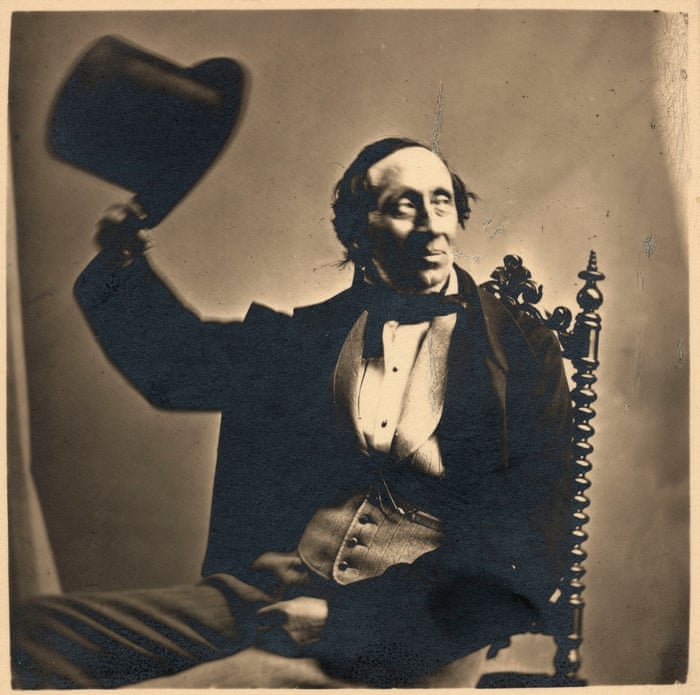
At Valdemars Castle, the current owner, Louise Iuel-Brockdorff Albinus, opened her home to the public after a family inheritance dispute, filling it with art and inviting international artists to create site-specific pieces. The result is a striking juxtaposition of the castle’s high cornices and fine wallpapers with enormous, balloon-like sculptures and colourful bubble paintings by Czech artist Jiří Georg Dokoupil. This playful fusion of the old and the new is a spirit that the author Hans Christian Andersen, who loved to challenge expectations, would have surely appreciated. The writer himself was a frequent visitor to Broholm Castle, which has 700 years of colourful history and featured in his 1837 novel Only a Fiddler, demonstrating that the real-life landscape was always intertwined with his fictional worlds.
